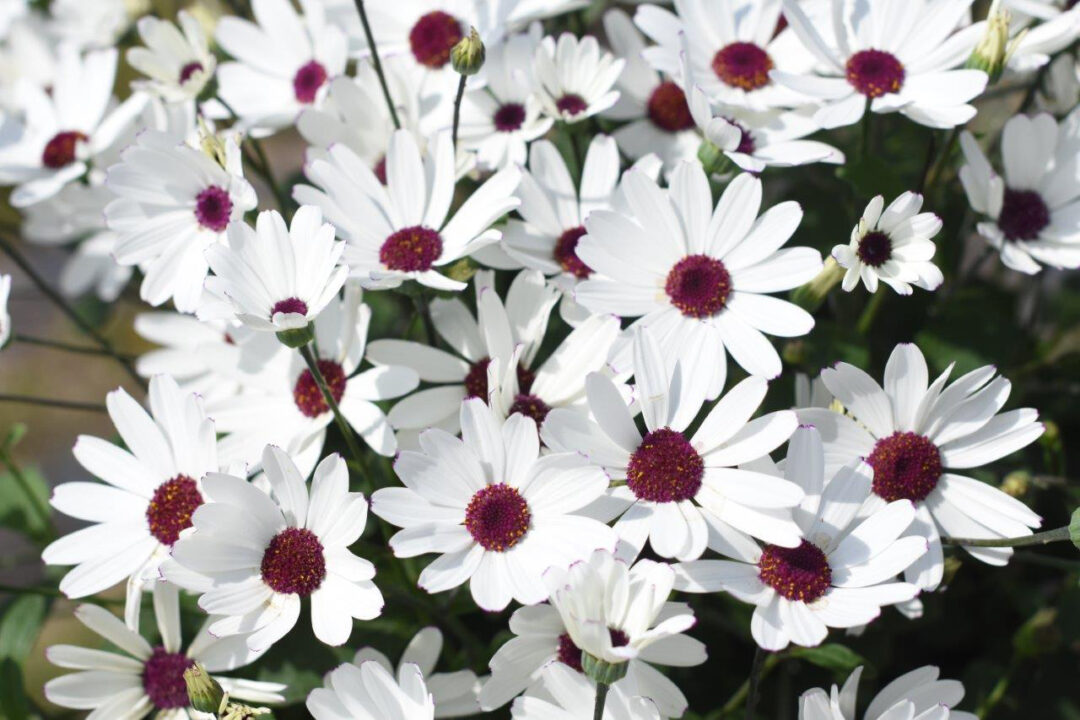Plants Bridge The Generation Gap (opinion)

This month I have a front-row seat to watch a demographic shift. My parents are moving from their house in Columbus, Ohio, to a condominium closer to me near Cleveland. Since they have been avid gardeners for decades, it means they are leaving behind many beds filled with perennials and unusual shrubs. I doubt the new owners will know the names of all those plants, but hopefully they will appreciate their beauty as well as the excellent soil in the double-dug beds and continue to take care of the gardens.
My parents, at ages 92 and 83, are part of the Greatest Generation but are joining the Baby Boomers in the downsizing shift beginning to take place in that large population. They are transitioning to a new form of gardening for them — container and small-space gardening.
They, and the Boomers, will likely be joined by a population decades younger than they are. I spoke with Charlie Hall, holder of the Ellison Chair in Horticulture at Texas A&M, recently about the traits of Gen Y. Not only has Hall done a great deal of research in this area, he also sees firsthand how the students he teaches behave and what they care about.
“They are herders, meaning they do everything in concert,” Hall says. “Most of the market research on Gen Y shows they’re going to want to live in condos and multi-unit housing because of this herding behavior. The ones that do buy homes are going to be looking for smaller, greener homes. This is the most environmentally conscious group we’ve seen ever.”
This convergence of desires/needs of the older and younger portions of the population means our industry should be focusing on plants designed for small spaces and container gardens.
It also means savvy growers and landscapers will provide plants that appeal to this environmentally conscious generation. Drought-tolerant plants that require less water, native plants that supply breeding habitat or food to wildlife, or plants that are disease and insect resistant —meaning fewer chemicals — are all characteristics that should be developed and marketed to this group. Edible ornamental plants such
as strawberries and blueberries tap into the local food/grow-your-own movement and should also be very popular with both older and younger people.
Many plants already exist that have these qualities — we have to make sure they are highlighted. And breeding efforts should be increased in those areas, so there are more choices.
Older people may still be buying flowers because they’re beautiful, and 25-year-olds may want to contribute to the earth’s well-being. There’s no reason we can’t make them both happy.










